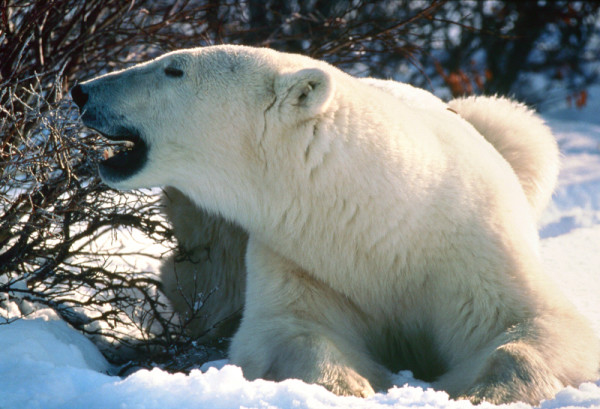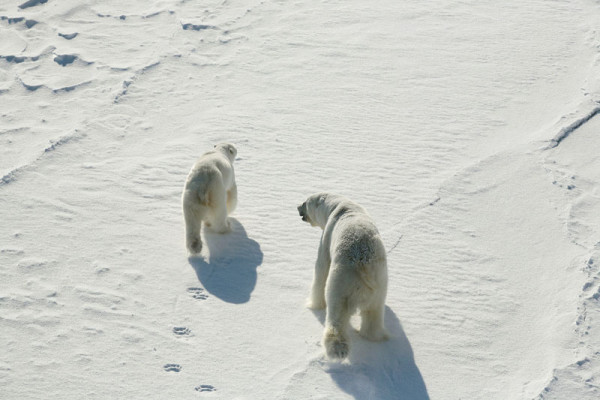Threat to polar bears told in six significant numbers
Sea ice across the circumpolar Arctic is dramatically reducing due to the effects of climate change. Because of their reliance on sea ice for hunting, mating, and travelling, polar bears have been assessed as vulnerable by the International Union for the Conservation of Nature (IUCN).
If climate change continues unabated, the species is expected to experience population declines. Arctic sea ice is now declining at a rate of 13.4 percent per decade and this January we witnessed the lowest Arctic winter sea ice on record. It was estimated in a 2011 analysis that if spring sea ice break-ups start to occur one month earlier than it did in the 1990s, then 40 to 73 per cent of female polar bears in Western Hudson Bay could fail to reproduce.
WWF’s Arctic conservation work supports polar bears through research, community engagement and policy advocacy. In 2015, we were pleased to welcome the first-ever global agreement on polar bear protection. Learn more about WWF-Canada’s arctic work, and how you can support our conservation projects by signing a petition or making a donation by visiting www.arctichome.ca
But this sad story isn’t carved in stone — yet. In fact, across much of their range, polar bear populations are stable at the moment.
Here’s some facts on the status of polar bears today, and why action to reverse climate change is so important for this species.
19 – The number of polar bear subpopulations that span the Arctic, from the Laptev Sea in Russia to Davis Strait in Canada.
26,000 – The estimated number of polar bears in the wild. Two-thirds of them live in Canada.
7 – The number of stable or increasing subpopulations in Canada. Six are in stable condition and one is increasing in numbers.
3 – The number of subpopulations in decline. Seven of the subpopulations were found to be in decline in 2009, where today only three subpopulations, all partially occurring in Canada, are declining.
9 – The number of subpopulations that we need to know more about. Currently not enough is known about nine subpopulations (three of which are in Canada) to know whether they are decreasing, increasing or stable.
30% – The IUCN predicated decline in population numbers expected by 2050 due to climate change.
WWF is working on the ground in the Arctic to support polar bears and ensure their long-term survival in the face of climate change. This work includes:
- Supporting studies on how reductions in sea ice will affect the distribution of polar bears in the Arctic Archipelago.
- Helping to implement and fund a polar bear monitoring and patrol program in Arviat, NU., to reduce the number of negative human-polar bear interactions.
- Working with local people and governments to protect key marine areas for polar bears, including the Last Ice Area and Lancaster Sound.



